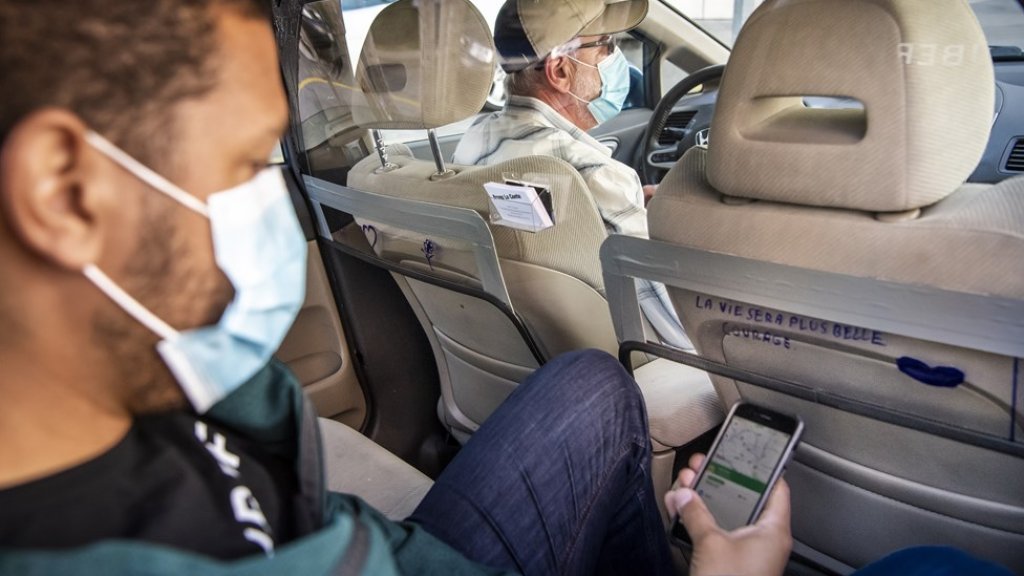For the past few months, the covid-19 pandemic has forced people to stay at home on a major scale. Working and studying from home is the new standard, and aside from grocery stopping, there were few reasons to leave home. One industry that this lockdown had a major impact on is the ride-sharing industry. Companies like Uber and Lyft saw a 70-80% drop in riders, severely impacting operations.
An april 2020 study by CarGurus found that many rideshare users would refrain from user Uber and Lyft, citing that they were afraid of getting infected. Uber and Lyft addressed this by including hand sanitizers in cars and obligatory face masks. Despite these measures, Uber and Lyft faced record losses, with Uber announcing they would lay off 14% of their staff.
One positive take for ride-sharing companies could be that people will avoid crowded public transit even more, and might choose to take an Uber or Lyft instead. Uber also launched a campaign offering free rides to essential workers during covid-19 as well, perhaps to boost awareness.
Despite all these measures, ride-sharing companies like Uber and Lyft will just have to resort to a ‘sit out and wait’ strategy for the remainder of the covid-19 pandemic, as rides won’t resume to normal levels after all lockdown measures have been taken away. However, the future is uncertain for Uber and Lyft.
The CarGurus study also asked respondents whether they would continue to use ride-sharing services after the resumption of economic activity, with 39% of respondents indicating they would likely reduce their ride-hailing services. Will the Covid-19 pandemic have long term influences on ride-hailing services? It is difficult to say as we are still in the midst of the pandemic. It is likely that we will continue working from home on a larger scale then before, even after the pandemic (Williamson, Colley, Hanna-Osborne, 2020). While exact numbers are not available, according to Uber, a large percentage of users use Uber to commute to work. An increase in people working from home will obviously reduce Uber rides, and might have a large impact on Uber’s operations.
What do you think about the future of ride-hailing companies after the pandemic? Can you think of more examples of factors influencing ride-hailing companies’ operations after Covid-19?
CarGurus – https://go.cargurus.com/rs/611-AVR-738/images/US-Covid19-Study.pdf
Bonacini, L., Gallo, G., & Scicchitano, S. (2020). Working from home and income inequality: risks of a ‘new normal’with COVID-19. Journal of Population Economics, 1-58.


